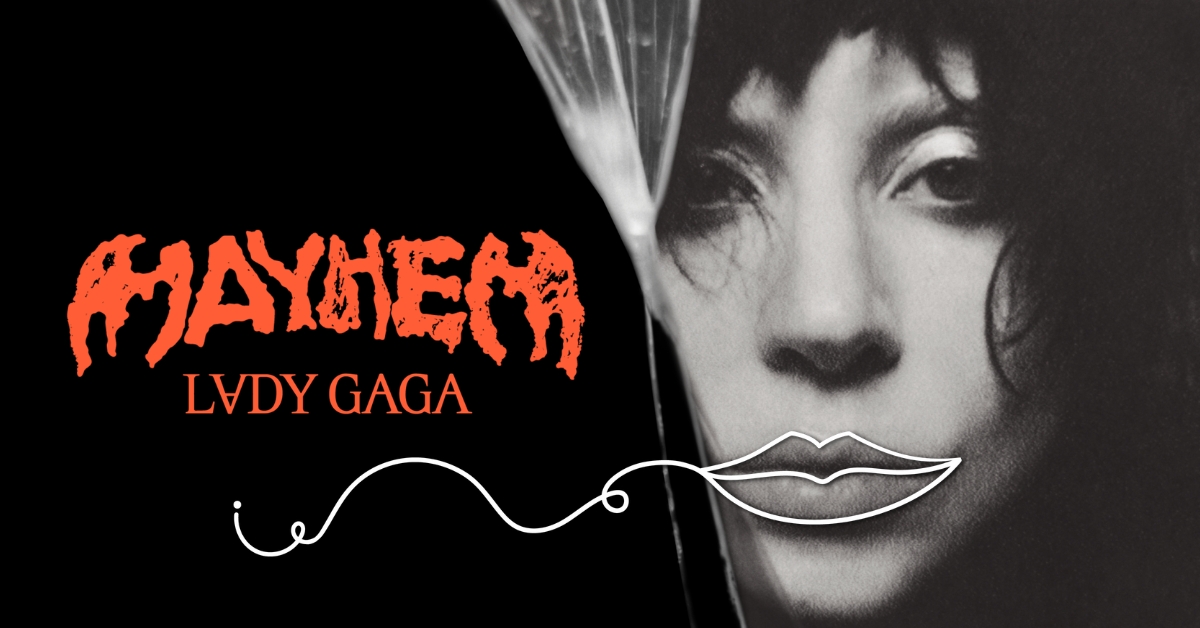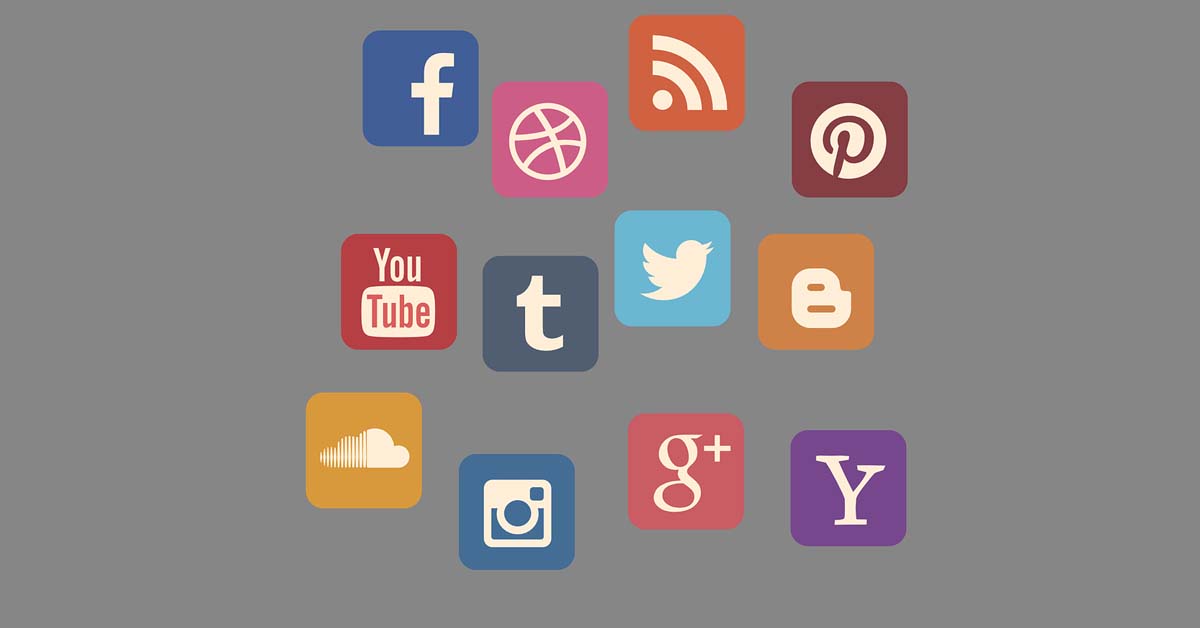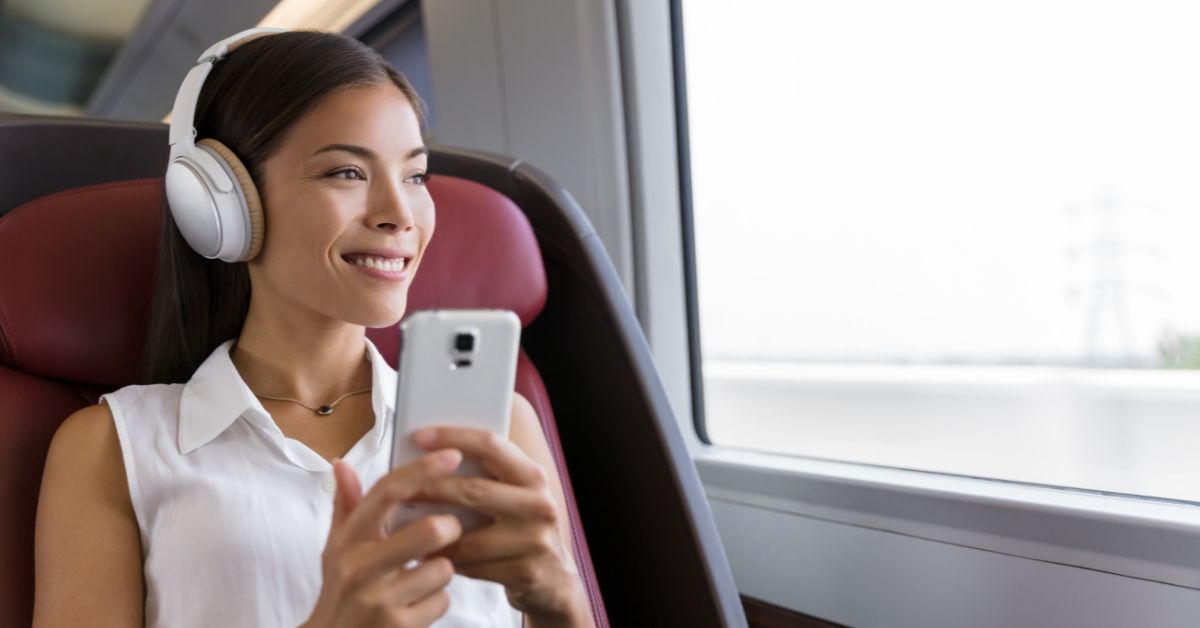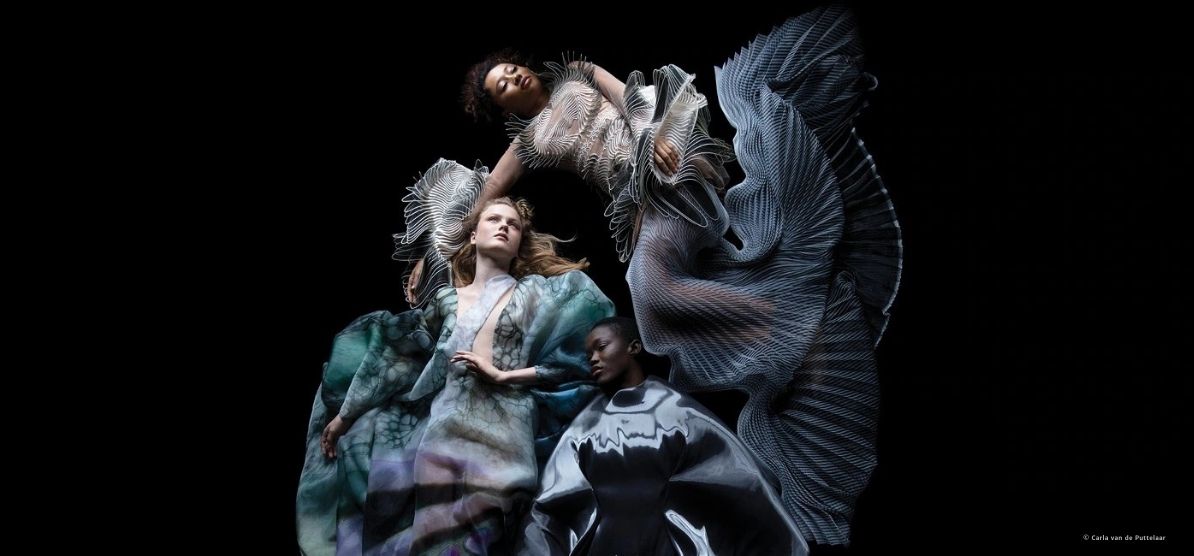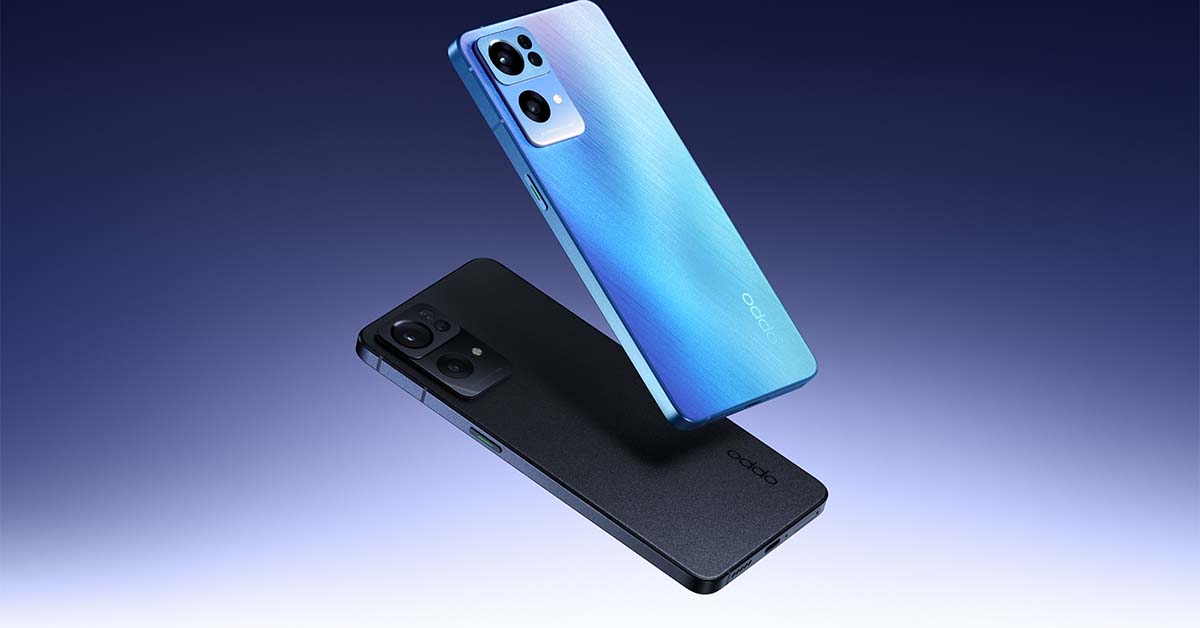
There are many advantages of using a camera for street photography rather than a smart phone. But, like most things in life, there are both pros and cons.
Cameras have many plusses such as better image quality (especially in low-light situations), electronic view finders, faster start-up, faster and easier setting changes, and articulated screens. But times are changing and so are phones.
Technological improvements in smart phones are advancing by leaps and bounds. Smart phones now offer several advantages, particularly for general or street photography.
The starting point with any device — camera or phone — is a back-to-basics philosophy of life: look at what you have and make the most of it. Or, as Albert Einstein put it, “Everybody is a genius. But if you judge a fish by its ability to climb a tree, it will live its whole life believing that it is stupid”.
By the same token, understanding the strengths of the device in your hand and making the most of its capabilities for your photography is the right approach.
Advertisement
So, what are the strengths of a phone over a camera?
- Achieving certain angles that would be hard to get with a camera.
- Unobtrusiveness. Cameras can attract attention. Others may feel uncomfortable, or even object to it. Of course, smart phones can have the same effect, but usually to a lesser extent.
- Smart phones may offer certain techniques we may not get on our camera such as document scanning, moving pictures, light painting, or even better video stabilisation.
- The ability to immediately share the photo on WhatsApp or upload it to Facebook.
- We almost always have a phone within reach.
When it comes to choosing a smart phone for photography, there are many options. At the top of list are devices like the iPhone13 Pro and the Samsung Galaxy S22 Ultra — both 5G, by the way. If money is no object, they are, of course, good choices. But what other options are out there?
I’ve been using a Huawei P20 Pro for several years and it has served me well. I was initially attracted to it because of the Leica lenses — sure attention — grabber for people who are into photography.
The other great thing about Huawei, which I discovered later, is their excellent after-sales service — very important to those of us who are not so tech-savvy and may need occasional help.
Huawei answers calls straightaway and they are very courteous; they seem to have a genuine passion for solving customer issues.
The latest Huawei flagship phone, the P50 Pro is also a photographer’s delight, with an amazing zoom range, ultra-wide angle front camera, and is splash, water and dust resistant.
Unfortunately, however, Huawei’s partnership with Leica will end soon, and the P50 Pro will be the last chance get a premium Huawei phone with Leica lenses. And now, a major issue with new Huawei phones is that users cannot access the Google version of apps, email, or use the Play Store.
Of course, there are “workarounds” using the web version of Gmail and, in place of the Play Store, Huawei has their AppGallery — if the app you are looking for is not on the AppGallery, you can add it to the “wish list” and Huawei will try to get it. While all this does not directly affect using the phone for photography, for most of us, the Google issue is a deal breaker.
What other options are there? I tried out the Oppo Reno7 Pro 5G.
One of the first things that struck me was, with all the hype from camera makers about megapixels (20, 24, 47, etc.), the Oppo Reno 7 Pro boasts a 50MP main camera and 32MP front camera — even more than with many premium full-frame cameras.
And besides being absolutely stunning, the Oppo Reno7 Pro offers myriad features that appeal to photographers.
These include new sensors (developed in conjunction with Sony), which capture more light and allow for professional-looking group pictures and portrait photography (i.e., they’re great for selfies).
One of the negatives about phone photography in the past has been that everything is in focus, however Oppo’s customised “bokeh” effects — both in photos and video — allow for shallow depth of field, which draws out the subject from the background.
Another benefit I noticed was the ultra-steady video function, great for taking hand-held videos. If all that wasn’t enough, pricing is very competitive — very important in these days of inflation. Check it out.
Smart phones still cannot replace cameras, but they are certainly a good backup and can even be very advantageous in some situations.
Some tips on mobile photography:
- Keep the lens clean. We handle our phones often and, no matter how careful we are, the lens will get dusty, oily or have finger prints. This can affect the quality of your photos. But be careful not to scratch or otherwise damage the lens during cleaning. Use a soft cloth or, better yet, a specialised cleaner.
- If you’re out doing street photography with your phone, put it on silent mode so you won’t be distracted with phone calls, which can also attract the attention of others.
- Watch your fingers. It’s very easy to cover part of the lens with your fingers when taking pictures with a phone, especially in bright light. This is unlikely to happen with a camera.
- Use a lanyard or other device to secure your phone. It’s much more likely that you’ll drop your phone than your camera. It’s just a matter of time. Also, securing the phone can increase confidence. This is particularly important if you are overseas in countries where safety is an issue.
- If there are extremes of light and shadow, use HDR (high dynamic range) mode or slightly underexpose the shot. This is because it will be more difficult to pull out details from overexposed portions of the photo than under exposed portions. Shooting in HDR mode is an easy solution. On the other hand, there are limitations as to what can be shot in HDR mode, and it can make the photos look artificial, especially if the HDR setting is too high.
- Shoot from angles and perspectives we usually don’t see. This could mean getting very low to the ground or holding the phone very high.
- Apply the same “rules” of composition as with a camera (e.g., fill the screen, rule of thirds, less is more, isolate the subject, etc.).
- Don’t totally rely on the phone’s built-in editing software. Try third party editing apps. Usually, I use Snapseed, which can be downloaded, free. But there are also many others. Experiment and see what editing software works best for your needs.


